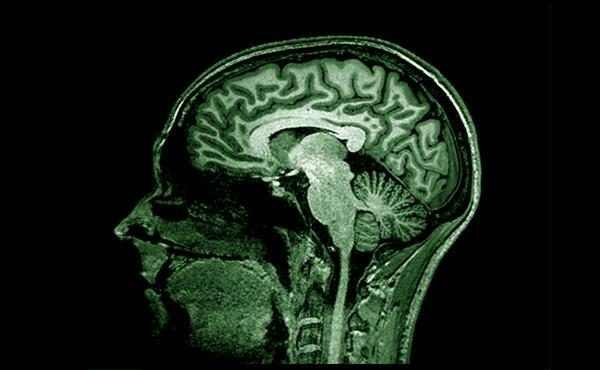Neuroimaging research group
The Neuroimaging Research Group focuses on the study of magnetic resonance imaging (MRI) and positron emission tomography (PET) images to reveal pathophysiological changes associated with Alzheimer’s disease and healthy aging that can be informative of novel prevention strategies. With this purpose in mind, neuroimaging data are analyzed together with cognition, genetics, biomarker and other clinical, environmental and lifestyle factors to detect their impact on the brain at the structural, functional, and molecular levels. The Neuroimaging Research Group is composed of a multi-disciplinary team of experts on data acquisition, processing, and analysis of complex neuroimaging data.
Research lines
Cerebral correlates of preclinical Alzheimer’s and Alzheimer’s risk factors
Neuroimaging techniques, like MRI and PET, allow us to characterize brain alterations in the preclinical stage of Alzheimer’s disease to better understand the physiological processes involved in the response to the onset of early cerebral pathological changes.
Expanding the role of amyloid PET imaging
The aim of this line is to search for ways to improve the use of PET imaging both in research and clinical settings. It includes both imaging of clinical and preclinical cohorts, as well as methodological developments to improve the quantitative accuracy and comparability of, for example, amyloid imaging data.
Novel imaging techniques to detect pathophysiological alterations in Alzheimer’s disease
This line focuses on developing novel and more convenient methods to improve the detection of pathophysiological alterations in Alzheimer’s disease. To this end, the group develops novel MRI pulse sequences that are sensitive to changes associated with the accumulation of misfolded proteins in the brain.
Imaging markers of biological brain aging through machine-learning methods
The aim of this line is to develop a family of machine-learning algorithms that work on neuroimaging data and that can be used to predict the biological age of the brain as well as the presence of Alzheimer’s disease pathology.
Genetic determinants of cerebral phenotypes
The objective of this line is to study the interplay between cerebral endophenotypes and Alzheimer’s risk factors, both non-modifiable, such as genetics, and modifiable ones.











